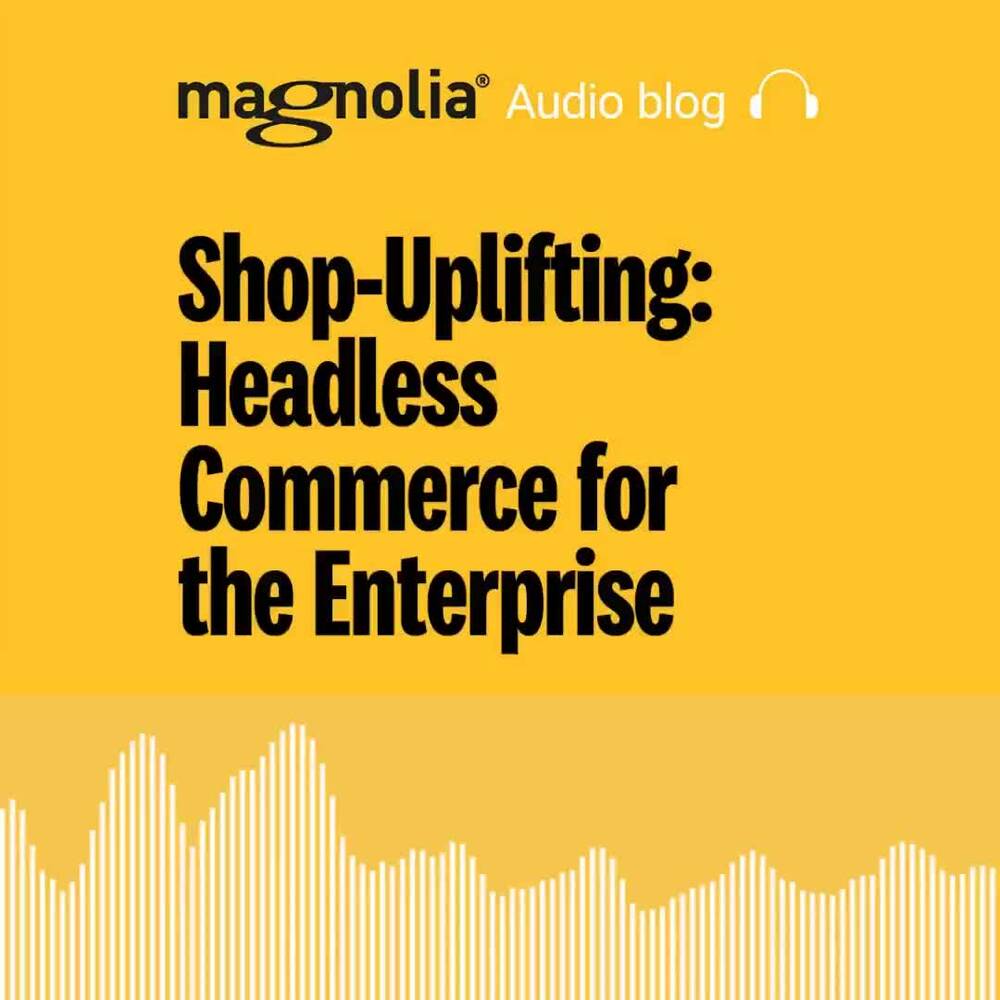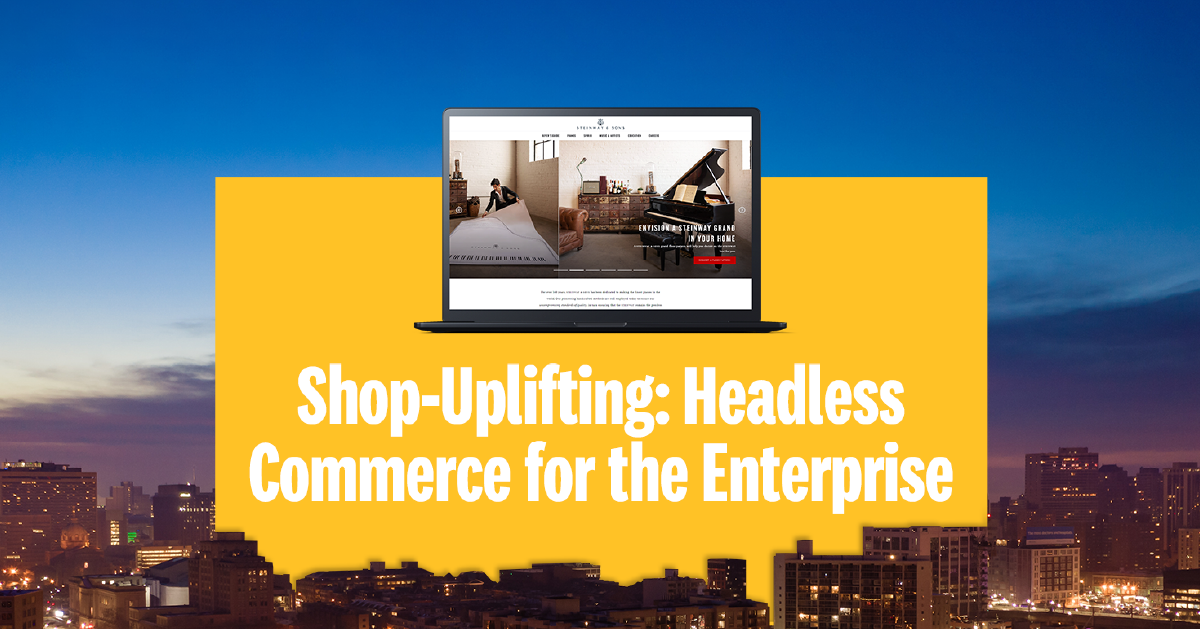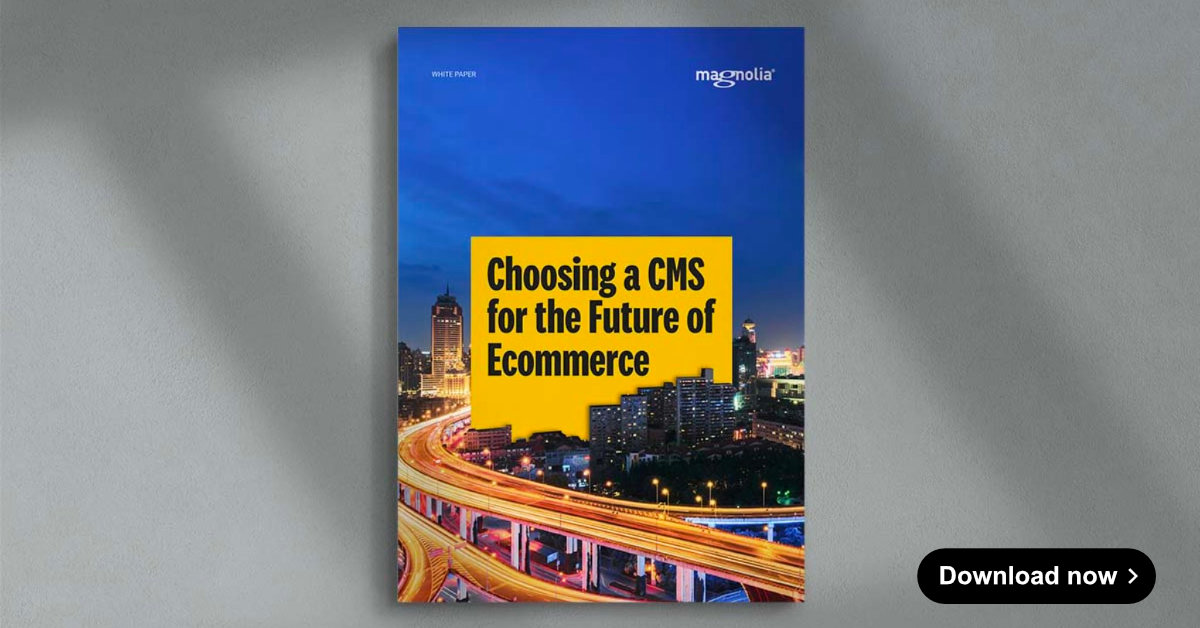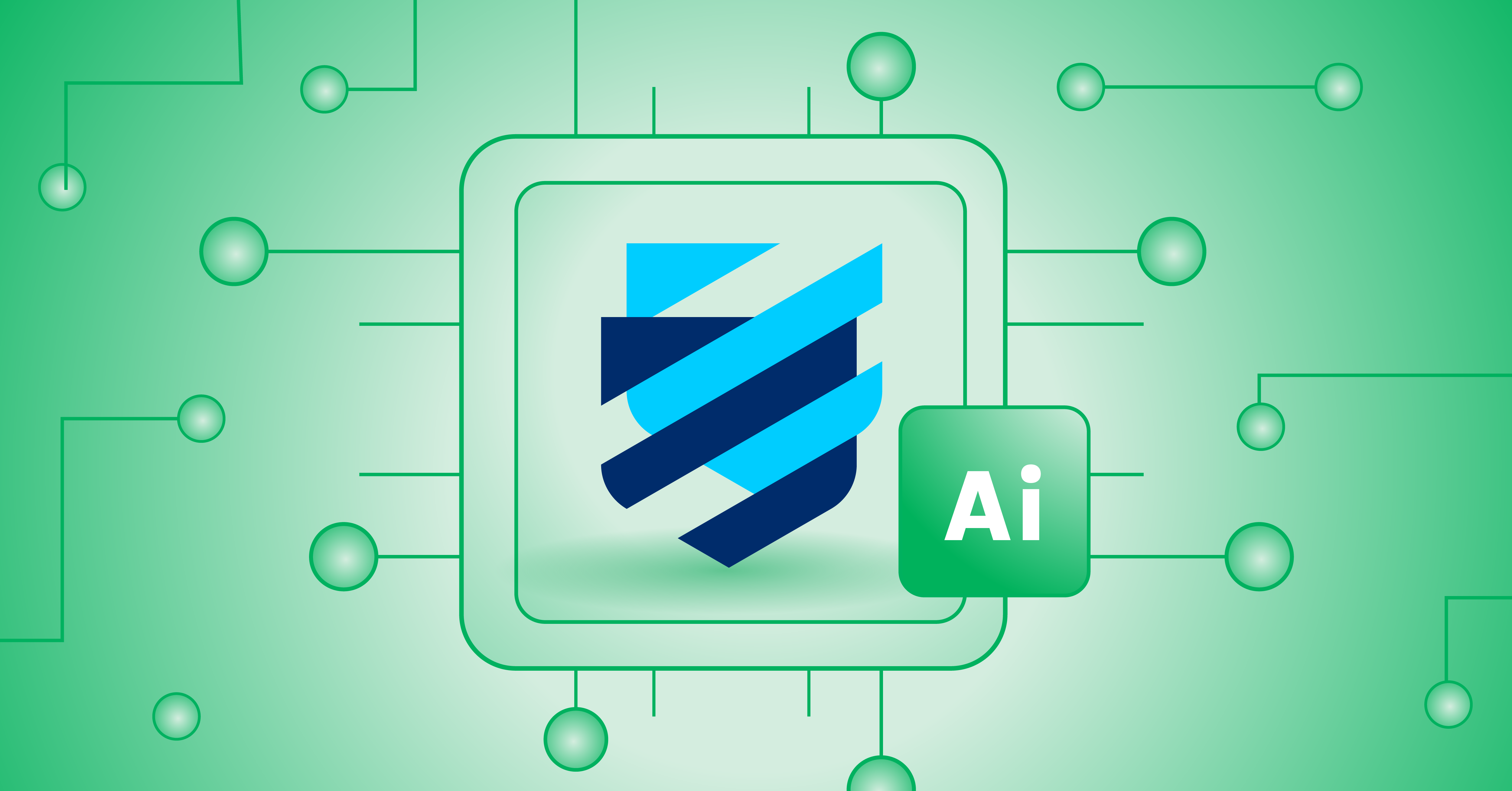- Nov. 25, 2021
- 6 min
Shop-Uplifting: Headless Commerce for the Enterprise
Magnolia in Aktion
Unser Expertenteam zeigt Ihnen live, was Magnolia für Sie leisten kann.
Jetzt Demo buchenIs everyone around you talking about customer centricity, differentiation, and growth? If so, do you feel that you’re on track to reach these objectives, or do you declare this a typical case of “easier said than done”?
If you belong to the latter group, maybe it’s time to take some advice from Einstein–Albert Einstein. He said that “insanity is doing the same thing over and over again and expecting different results.” So, as an enterprise brand, maybe you can do away with the same old technologies and approaches, and embrace different ones to solve your current challenges instead.
Still not convinced? Maybe you think it’s a good idea (and a safe idea) to rely on infrastructure that served you well in the past when it comes to creating digital shopping experiences. After all, if it isn’t broken, why fix it? The problem is: it is broken.
Nowadays, companies must seek more agile alternatives to drive ecommerce growth. As Forrester highlights, there is a “need to modernize core systems and adopt cloud solutions for agility and resilience, as well as by cost pressures to focus resources on differentiation.”
Headless architecture has proven to be revolutionary when it comes to content management and experience design. And that same headless architecture can be a catalyst for meeting the demands of the quickly changing ecommerce landscape.
We’ve previously spoken about headless commerce as the next stage in the evolution of digital shopping, and now could be the time for enterprise organizations to adopt it.
What is Headless Commerce?
Headless commerce separates the front end from the backend of the ecommerce store and connects these systems via APIs. Using the same architecture as a headless CMS, platform users can manage ecommerce operations in the backend without changing the front end.
This is also true vice versa: since the front end isn’t tightly coupled with the backend - as in the case of traditional ecommerce platforms - developers can build and customize front ends independently.
This approach removes the dependencies between front end and backend, and enables the optimization of the customer journey in the front end without this dependency.
Learn more about "What is headless ecommerce".
How Ecommerce Is Changing
In the past, the customer journey was simpler and didn’t require companies to think about customer experience or user friendliness as much. But things have changed, mainly due to these three factors:
New Devices and Channels
There was a time when customers went to a website on their desktop computers, saw a product they liked, added it to their shopping cart, and bought it. Done. They completed the entire process on one device and in one channel. The term multichannel had not been coined yet.
Now, popular devices also include tablets and mobiles. Other potential interaction points are wearables and AR and VR devices, digital self-service kiosks, and voice assistants like Amazon Alexa or Google Home.
Consumers now read a blog on their tablet, see an ad on Google while browsing the internet on their desktop, and scroll past a social post on Facebook on their phone. But no matter when or how potential customers decide to interact with your brand, they expect an engaging and cohesive experience across channels.
Changing Consumer Habits
With the explosion of new devices and channels, consumer habits are also changing. Many have adopted a multichannel approach to buying online, depending on their preferences.
For instance, some buyers may rely on voice search rather than typing, or prefer to interact with a chatbot on a website rather than calling customer service.
While it’s not always clear what came first–the channel or the need–it is clear that brands must deliver ecommerce experiences that meet these changing demands. They must also find ways to be aware of the latest personalization trends so that they can anticipate those demands where possible.
Modern Architectures
Many enterprises have relied on traditional ecommerce systems that were part of a monolithic suite and difficult to integrate with other tools. Yet, several businesses have already begun shifting away from legacy systems to more modular and adaptable architectures based on APIs and the headless approach to provide the best ecommerce experience for consumers.
Benefits of Headless Commerce for the Enterprise
Headless commerce has many benefits for businesses. The following are especially valuable for medium to large enterprises.
Front-End Flexibility
Headless commerce removes restrictions that many developers know all too well from monolithic suites. This freedom allows you to create custom front ends for any channel, while using the tools and frameworks that work best.
Faster Time to Market
Because you are no longer limited to a specific front end or channel, but can leverage central content and products, it’s easier to capitalize on new trends in the fast-paced ecommerce world and create value quicker.
Better Customer Experiences
Headless commerce enables brands to innovate and be present on the channels their customers use. This allows you to create better shopping experiences and cater to your customers’ changing preferences interweaving content and commerce.
Marketer Support
To make headless commerce work, marketers have to be able to create content and campaigns for the ecommerce experience (content commerce). A hybrid-headless CMS complements headless commerce, giving marketers the tools to create, preview, publish, schedule, and personalize experiences visually and efficiently.
Learn more about ecommerce personalization trends.
Customer Insights
Because headless commerce allows you to be on more channels, you can gather more customer data that feeds into your analytics system, helping you analyze marketing campaigns, personalize customer experiences, and optimize experiences using A/B testing to improve conversions.
Flexible Tech Stack
Growing an ecommerce store requires brands to add functionality continually. Moving away from the monolithic architecture found in traditional ecommerce platforms provides greater flexibility and results in fewer constraints. With the API-based approach that headless commerce enables, new technology building blocks can be integrated at any time.
Easier Maintenance and Greater Security
Maintenance and security are key considerations for any enterprise, and headless commerce delivers. Unlike monolithic systems, all software components in a headless architecture are decoupled, communicating via APIs. This means that each component can be managed and secured individually, which also makes dealing with issues easier.
How to Make Headless Commerce Work for Your Business
On its own, ecommerce has changed how businesses sell their products and services. Many enterprises that previously operated brick-and-mortar stores have gradually shifted toward the digital space and the efficiency it has to offer.
However, as buying and selling products online has become more common and competitive, brands must keep an eye on how trends are changing the ecommerce landscape and adapt their strategies and technology. One way of adapting is headless commerce.
B2B enterprise headless commerce can unlock new opportunities that companies may have previously overlooked such as providing the ability to deliver relevant content to customers on their tablets and other smart devices.
In order to get the most out of headless commerce, you need a flexible digital experience platform (DXP) with a robust ecommerce system and a headless CMS at its core. Your merchandising teams use the ecommerce system to manage product catalogs, prices, and stock, while your marketing teams use the headless CMS to create, personalize, and localize digital shopping experiences.
Embrace Headless Commerce With Magnolia
Once you’ve chosen to embrace headless commerce to elevate your shopping experiences, it’s time to select the best digital experience platform for the job. Magnolia allows you to build a DXP from best-of-breed technology components including its flexible hybrid-headless CMS, helping you launch engaging digital experiences faster.
Magnolia’s flexibility future-proofs your technology stack and delivers a combination of content and commerce to those channels that your customers are using today and those they will be using tomorrow.
Ready to embrace headless commerce for the enterprise? Discover more about headless commerce and how you can choose a CMS for the Future of Ecommerce by reading our white paper.












